This Article Overview
Feeling discomfort in the throat with persistent phlegm that cannot be coughed out, needing to spit phlegm every morning upon waking, and conditions like colds, coughs, rhinitis, and chronic bronchitis seem to be related to what Traditional Chinese Medicine (TCM) refers to as “phlegm.” Many people even self-diagnose themselves as having a phlegm-damp constitution. However, from the perspective of TCM, “phlegm” is not as simple as it seems.Zhang Zhongjing’s “Jin Kui Yao Lue” specifically discusses “phlegm and fluid cough diseases” and lists numerous solutions. The power of classical formulas is like a drumbeat; today, we will explore how the classics view “phlegm and fluid” and how to address this issue, so that more people facing similar troubles can learn and benefit.
Many diseases are caused by phlegm, and many strange ailments are triggered by phlegm. Currently, many people have varying degrees of phlegm-damp issues, such as dizziness, chest tightness, palpitations, cough with phlegm; sounds of water in the gastrointestinal tract, or a sticky, greasy, dry mouth with no desire to drink; easily startled, mentally unstable; sticky, loose stools; skin issues like eczema, urticaria, and chickenpox.
What is phlegm and fluid? Phlegm and fluid are pathological products formed due to metabolic disorders of body fluids, specifically referring to the abnormal circulation and excretion of body fluids (jinye) within the body, leading to stagnation and accumulation. It can occur on the surface or internally, can be cold or hot, can be fluid accumulation or deficiency, and can be real or false. In summary, phlegm and fluid can manifest in various forms of cold, heat, deficiency, and excess.
Later generations have separated “phlegm” and “fluid,” considering the turbid, viscous, and thick parts as “phlegm,” while the clear, thin, and transparent parts are referred to as “fluid.”
However, “Jin Kui Yao Lue” does not distinctly separate the two, referring to them collectively as water and fluid diseases, with many chapters addressing this topic. Due to the limited length of this article, we will take the “phlegm and fluid cough disease” chapter as an example to understand and treat water and fluid diseases. (Since the term “phlegm and fluid” will appear later, we will refer to the broader issue of metabolic disorders of body fluids as water and fluid diseases for clarity.)
Question: There are four types of fluids, what are they? Teacher: There are phlegm fluid, suspended fluid, overflow fluid, and supporting fluid.
The term “(water) fluid” refers broadly to the retention or overflow of body fluids becoming a water evil, which is waste produced by metabolic abnormalities that stagnate in the body. Generally, there are two categories: cold and heat, further divided into phlegm fluid, suspended fluid, overflow fluid, and supporting fluid.

What are the four types of water and fluid diseases according to “Jin Kui”?
What are these four types of fluid diseases, and how do we differentiate them? Zhang Zhongjing begins to explain:
Question: How do the four fluids differ? Teacher: If a person is usually robust but now thin, with water running in the intestines, making a dripping sound, it is called phlegm fluid; if water flows under the ribs after drinking, causing cough and pain, it is called suspended fluid; if water flows to the limbs, causing heaviness and pain, it is called overflow fluid; if cough occurs with difficulty breathing, and the body appears swollen, it is called supporting fluid.
Let’s break down these statements for clarity.
First, regarding phlegm fluid,phlegm fluid is “water running in the intestines, making a dripping sound”, where “intestines” refers to the internal organs, as opposed to the surface of the body. This indicates that “phlegm fluid” is water fluid within the body. What manifestations can occur?
Common manifestations include intestinal sounds, gurgling noises in the abdomen, loose stools, and difficulty urinating (including frequent urination, large volumes, nocturia, or scanty urination, difficulty urinating, etc.; both frequent and scanty urination are considered difficulty urinating). You can also feel the pulse, which will be deep, indicating the presence of water fluid in the internal organs.
Here, “phlegm fluid” is not the tangible phlegm we commonly refer to, which is the phlegm coughed up; that is generally classified under the supporting fluid mentioned later. This is a key distinction to note.
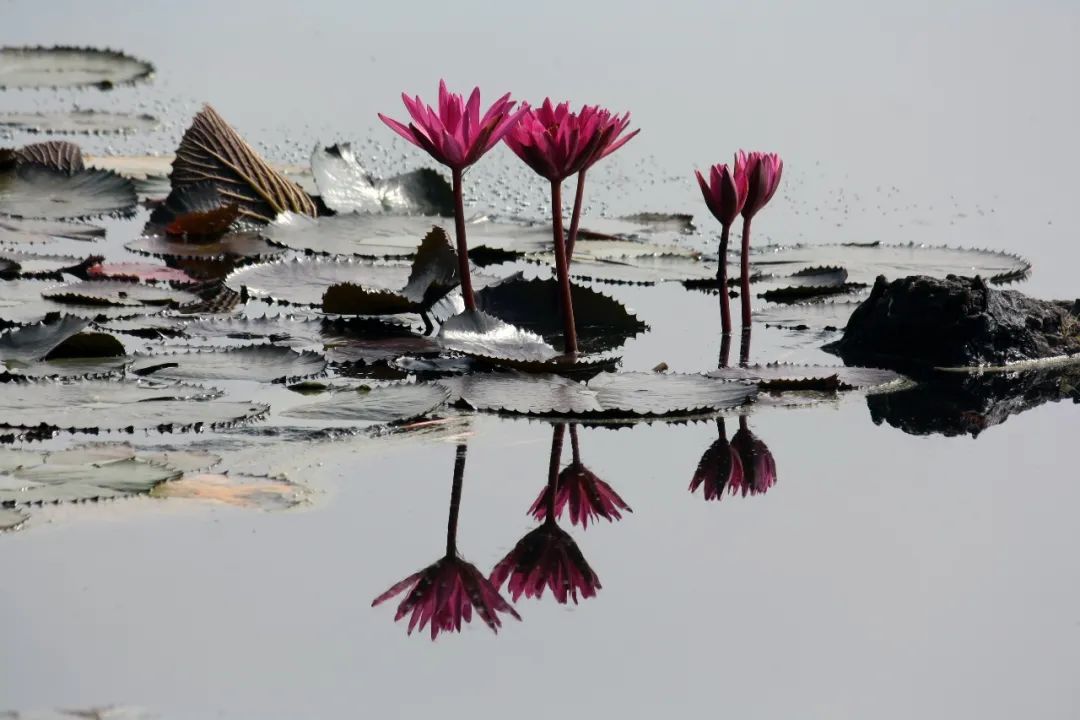
Next, let’s look at the characteristics of suspended fluid.
Suspended fluid is “water flowing under the ribs after drinking, causing cough and pain”. Many interpret this as water flowing to the rib area after drinking, causing cough and pain. However, it actually indicates that this person has water accumulation, with water fluid stagnating in the rib area, causing cough and pain in the chest and ribs.
Another description of suspended fluid is found in “Shang Han Lun”:
152. Taiyang wind. Diarrhea and vomiting. If the surface is resolved, it can be attacked. The person sweats profusely. The onset is intermittent. Headache. Fullness and distension under the heart. Pain under the ribs. Dry heaving and shortness of breath. Sweating without aversion to cold indicates that the surface is resolved but the interior is not harmonized. The Ten Jujube Decoction is the main treatment.
In section 152, it mentions “if the surface is resolved, it can be attacked,” indicating that this person must first resolve the surface condition before addressing the interior. This shows that there is an internal issue, with diarrhea and vomiting indicating water symptoms, suggesting the presence of internal water fluid, which must be of the hot type; otherwise, it would not mention resolving the surface first.
Why? Because we know that if there is internal cold, both the surface and interior are cold, and the internal organs must be warmed first, not just the surface resolved. This can be corroborated in section 372 of “Shang Han Lun,” which states that the interior must be warmed before addressing the surface.
In cases of both surface cold and internal heat, the surface must be resolved first, then the internal heat cleared. Otherwise, if we directly clear the internal heat, the surface cold will remain unresolved, leading to further issues.
Thus, this is a case of internal heat water fluid; section 152 describes a situation with internal heat and water fluid, with symptoms of “fullness and distension under the heart” and “pain under the ribs” being very similar to “water accumulation under the ribs, causing cough and pain,” both indicating internal heat and water accumulation, which is what we refer to as suspended fluid.
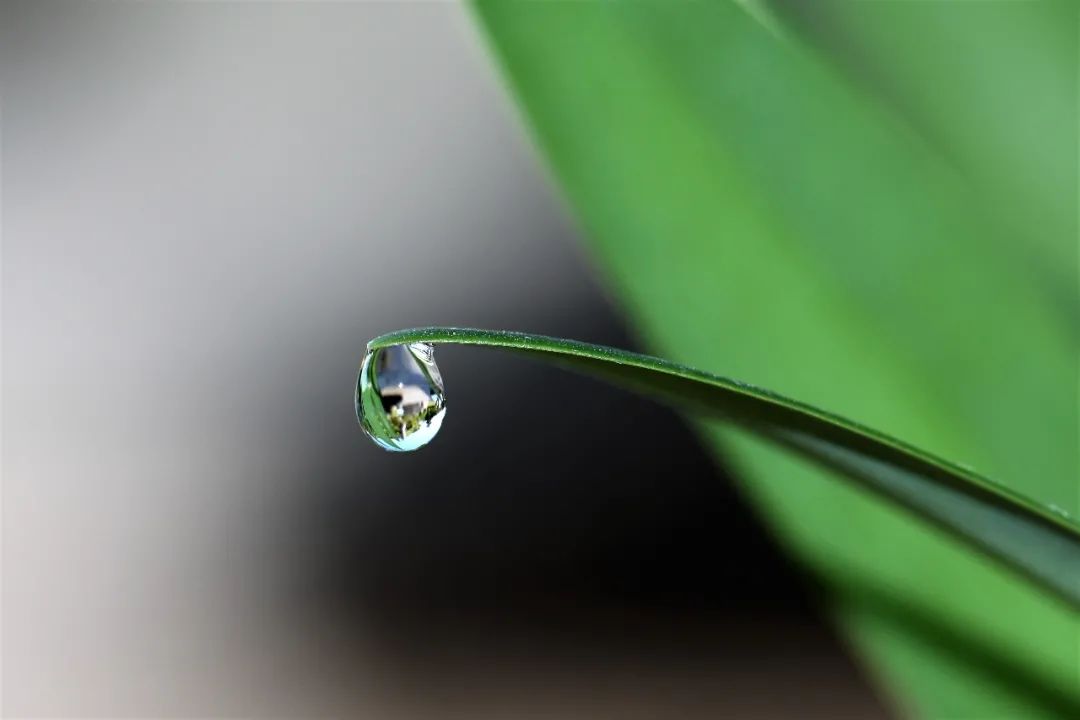
Next is overflow fluid, which is quite common, often presenting as skin rashes, urticaria, eczema, chickenpox, and body heaviness and swelling, all classified as overflow fluid.
Overflow fluid is characterized by “flowing to the limbs, causing heaviness and pain”, indicating that this water fluid has overflowed to the surface of the limbs.
“When sweating is expected but does not occur” indicates that this condition should ideally lead to sweating, either through the body’s strong vital energy or through the physician’s use of sweating methods (sweating can resolve surface water fluid; for those with overflow fluid, sweating should be induced).
However, currently, the water fluid is trapped in the skin and pores, obstructing sweating, hence overflow fluid is characterized by the absence of sweating. If there is abnormal sweating, that indicates a different condition, referred to by Zhang Zhongjing as “wind water.” “Body heaviness and pain” occur because the water fluid is constraining the surface, leading to symptoms of heaviness, swelling, and pain.

Lastly, supporting fluid is a more complex situation.
Why is it called “supporting fluid”? This is explained in “Bing Yuan”:Supporting fluid is water fluid that remains between the chest and diaphragm. “Support” actually means to prop up, as the water fluid constrains the chest, with the most typical symptoms being described as “coughing with difficulty breathing, shortness of breath, and a swollen appearance”.
People may experience chest tightness, palpitations, cough, shortness of breath, feeling of insufficient air, and discomfort when lying down, leading to difficulty breathing. In severe cases, they may experience respiratory distress, with visible retractions in the suprasternal notch, supraclavicular fossa, and intercostal spaces, known in modern medicine as the “three retraction sign.” Some may even adopt a forced sitting position to breathe.

At this point, let’s summarize the common symptoms and characteristics of the four types of fluid:
Phlegm fluid: internal water fluid, such as intestinal sounds, difficulty urinating, loose stools, deep pulseSuspended fluid: water accumulation with heat, causing water accumulation under the ribs, cough and painOverflow fluid: water fluid at the surface, such as heaviness, swelling, skin rashes, chickenpoxSupporting fluid: upper jiao water fluid, such as cough with difficulty breathing, palpitations, cough, dizziness
You can assess your own condition to see which type of fluid disease you may have. It is likely that half of the people have two to three types, experiencing supporting fluid with dizziness and chest tightness; overflow fluid with frequent skin rashes in summer; and phlegm fluid with loose stools. So what should be done?
Next, let’s look at how to resolve these four types of fluid.

How to Treat the Four Types of Fluid?
“Jin Kui Yao Lue” mentions, “For those with phlegm fluid, one should use warming herbs to harmonize it,” which many believe is the general treatment principle for water fluid diseases.
“Use warming herbs to harmonize it” refers to using warm herbs for treatment. In what situations can warming herbs be used for water fluid? Certainly not for hot water fluid, as that would exacerbate the condition. Only cold water fluid can be treated this way.
This indicates that “those with phlegm fluid” refers to cold fluid, which is the phlegm fluid described earlier as “water running in the intestines.” It does not refer to all water fluid diseases, excluding conditions like suspended fluid, which cannot be treated with warming herbs.
1. Phlegm Fluid – Harmonize with Warming Herbs
Phlegm fluid is internal water fluid, leaning towards cold, treated with warming herbs. There are many formulas for treating phlegm fluid, such asLing Zhu (Poria and Atractylodes) formulas, Ling Gui (Poria and Cinnamon) formulas, Ling Gan (Poria and Licorice) formulas, and Ling Jiang (Poria and Ginger) formulas.
Commonly used herbs include:Fu Ling (Poria) which drains water fluid, primarily treating “chest and rib counterflow qi, anxiety, fear, palpitations, fullness and distension under the heart, cough, dry mouth, and difficulty urinating” associated with these water symptoms.Bai Zhu (Atractylodes), which is slightly warm and primarily treats internal cold fluid. It can be combined withGui Zhi (Cinnamon Twig), Gan Jiang (Dried Ginger), Fu Zi (Aconite), Xi Xin (Asarum), and Wu Wei Zi (Schisandra) to warm and transform cold fluid.
Here is an example from Teacher Yi Wang (a lecturer of the hardcore “Shang Han Lun” course, a practicing TCM physician, and author of “Six Essential Elements of Clinical Practice in Shang Han Lun”) treating hypertension. A 40-year-old female patient with a six-month history of hypertension, not taking antihypertensive medication. Her blood pressure could reach as high as 170/120 mmHg in the morning, with a 24-hour average of around 150/110 mmHg, without significant discomfort.
The collected four diagnostic methods are as follows: general spirit, slightly afraid of cold with sneezing (history of chronic rhinitis), no runny nose, not afraid of wind. No fever. Sweating during exercise, warm hands and feet. Good appetite, enjoys drinking hot water, 800ML, good digestion. Occasional tinnitus lasting a few seconds. Chest and abdomen are fine. Sleep is fine. Bowel movements every two to three days, slightly dry at first and softer later. Urine slightly yellow in the morning, slightly less volume. Nighttime urination 0-1 times. Lower eyelids slightly red. Skin on the lower legs slightly dry. Tongue is pale with tooth marks, not thick, with thin white and slightly greasy coating; pulse is slow and slightly deep.
Having bowel movements every two to three days, slightly dry at first and softer later indicates internal water accumulation. The pale tongue with tooth marks is a very clear symptom of cold fluid in the body, and the slow and slightly deep pulse also indicates the presence of water fluid. Therefore, considering all factors, it is determined to beTaiyin internal water fluid, treated withZhen Wu Tang (True Warrior Decoction). Prescription:Fu Ling 15g, Bai Shao (White Peony) 15g, Bai Zhu 15g, Bai Fu Pian (White Aconite) 5g, Sheng Jiang (Fresh Ginger) 15g (sliced), where Bai Zhu and Fu Ling can drain and promote water, while Bai Zhu, Fu Zi, and Sheng Jiang can warm and transform cold fluid, aligning with the principle of “using warming herbs to harmonize it.”
After taking the first dose of Zhen Wu Tang, the patient’s blood pressure stabilized around 130/85 mmHg for three consecutive mornings. After ten doses, blood pressure stabilized at 130/80 mmHg, and medication was stopped for observation. Follow-up after one month showed stable blood pressure, with no further increases.
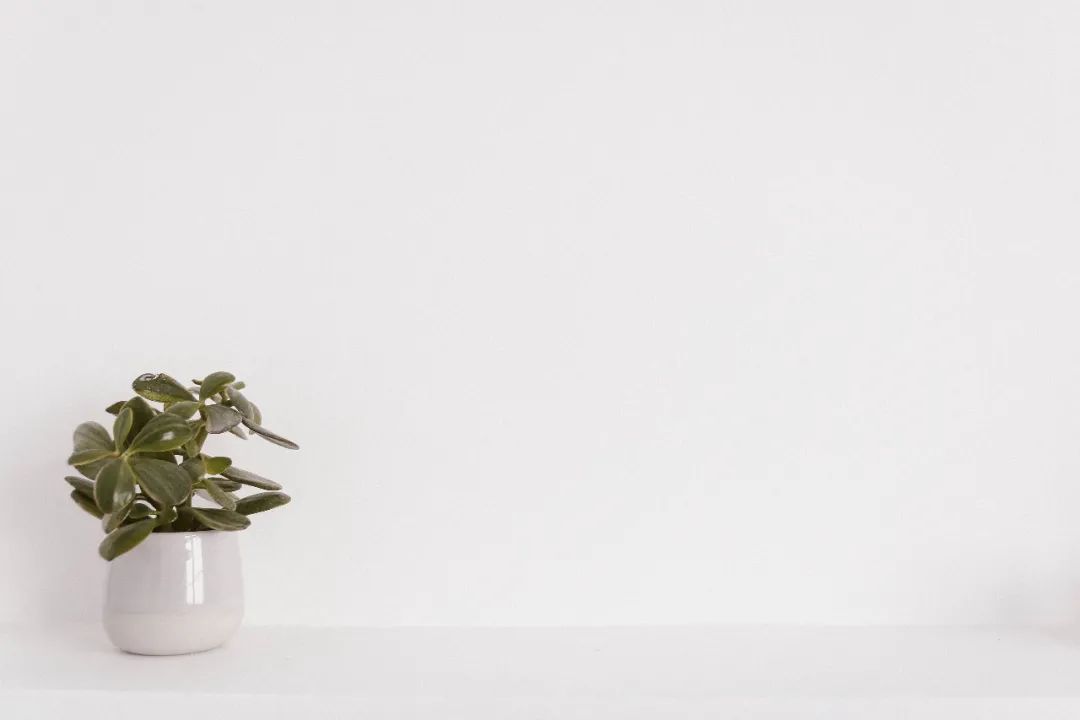
2. Suspended Fluid – Attack Downward
For suspended fluid, “Jin Kui Yao Lue” provides a downward attacking formula, the Ten Jujube Decoction. “For those with suspended fluid, the Ten Jujube Decoction is the main treatment.”
In the Ten Jujube Decoction, the herbs Yuan Hua (Genkwa), Gan Sui (Kansui), and Da Ji (Euphorbia) are all used to aggressively expel water fluid, typically used for pleural effusion or ascites, combined with Yangming syndrome, and must not have surface cold conditions; otherwise, it requires downward attack.
Ten jujubes are added, which can promote water and also help tonify body fluids to prevent excessive purging (from Da Ji, Yuan Hua, and Gan Sui).
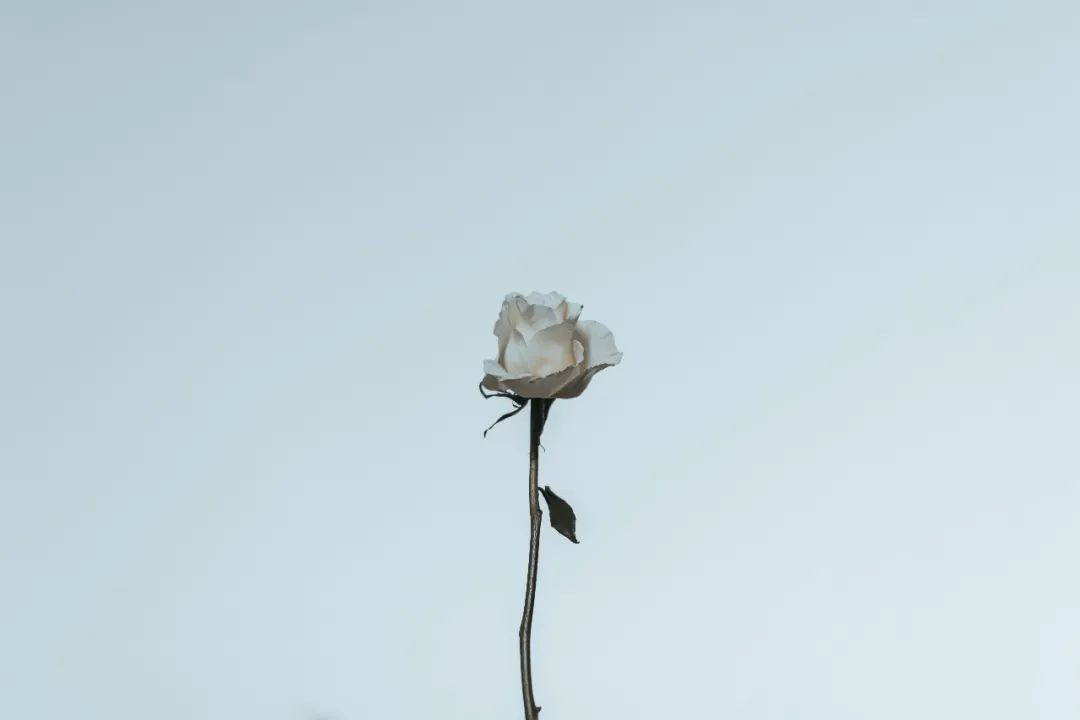
3. Overflow Fluid – Induce Sweating
Overflow fluid must be differentiated between cold and heat. For surface cold fluid, cold overflow fluid can be treated with Da Qing Long Tang (Major Blue Dragon Decoction), presenting as body heaviness or swelling. The well-known Ma Huang Tang (Ephedra Decoction) syndrome, with body aches and no sweating, also indicates overflow fluid pathology. For hot overflow fluid, Bai Hu Tang (White Tiger Decoction) is used, presenting with numbness of the mouth, facial dirtiness, and body heaviness, all of which belong to overflow fluid, with distinctions between cold and heat.
“Jin Kui Yao Lue” states, “For those with overflow fluid, one should induce sweating,” indicating that overflow fluid requires pungent dispersing herbs to sweat out the water fluid from the surface.
Here, we briefly list commonly used herbs.
Pungent warm herbs for dispersing and inducing sweating: such as Ma Huang (Ephedra), Gui Zhi (Cinnamon Twig), Xing Ren (Apricot Kernel), Sheng Jiang (Fresh Ginger), and Dan Dou Chi (Fermented Soybean); Huang Qi (Astragalus) belongs to the sweet warm category, commonly used for those with weak constitutions and overflow fluid.
Pungent cold herbs for resolving muscle and removing overflow fluid: such as Shi Gao (Gypsum), Ge Gen (Kudzu), Chai Hu (Bupleurum), Sheng Ma (Cimicifuga), Dan Pi (Moutan), and Han Shui Shi (Cold Water Stone);
If the diagnosis is accurate, the effect is rapid. Here is an example from Teacher Yi Wang, who treated a patient with wind-urticaria-like skin rashes for nearly three months, with symptoms worsening when emotionally agitated or when the skin was heated or pressed, most notably in the popliteal fossa, accompanied by intense itching, which would subside after a while. Taking hot baths exacerbated the itching. When the itching became unbearable, the patient took antihistamines to relieve it, and eventually sought treatment.
The patient was not afraid of hot or cold, felt normal temperature in hands and feet, sweated normally, had dry skin, and developed acne on the back; she enjoyed drinking warm and cold beverages; had a good appetite, and was not sensitive to temperature. Urine was slightly yellow. There were almost no discomforting symptoms, except for the peculiar fact that she had bowel movements one to three times a day, with both dry and loose stools.
This patient presented with wind-urticaria-like rashes accompanied by itching as the main complaint, and the pathogenesis was analyzed as overflow fluid. Looking at other symptoms, the patient was not afraid of hot or cold, hands and feet were warm, and sweating was normal, ruling out surface cold issues.
Dry skin indicated external dryness. The acne was an external accumulation. The appetite was good, and not being sensitive to temperature indicated no significant internal cold pathology. However, having bowel movements one to three times a day, with both dry and loose stools, along with a preference for cold drinks and slightly yellow urine, led to the conclusion that this was a case of damp-heat diarrhea, indicating internal heat.
Teacher Yi Wang ultimately used a modified Ge Gen Chai Hu Tang (Kudzu and Bupleurum Decoction), based on Huang Qin Tang (Scutellaria Decoction) as a base, adding Ge Gen, Chai Hu, and Shi Gao,Huang Qin 15g, Chai Hu 15g, Ge Gen 20g, Bai Shao 15g, Sheng Gan Cao 10g, Sheng Shi Gao 30g.
This patient had internal heat along with overflow fluid, and for the overflow fluid, we used Ge Gen, Chai Hu, and Shi Gao, which are pungent cold herbs to address the condition, while Huang Qin Tang addressed the internal damp-heat. After taking three doses, the wind-urticaria-like rashes completely resolved, and follow-up showed no recurrence.
According to the patient, during the first two doses, the stools were loose, but later returned to normal. The loose stools during medication were a process of “filth naturally expelling itself.”
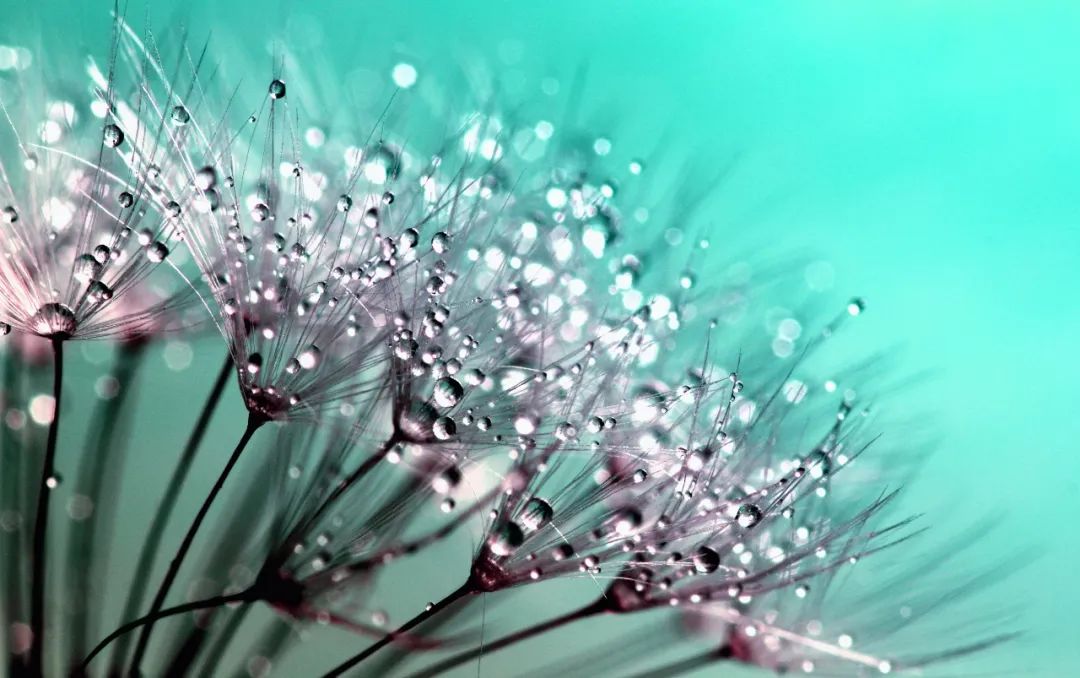
4. Supporting Fluid
As mentioned earlier, the situation of supporting fluid is more complex. It can be seen in many conditions, such as Taiyang disease.
64. Excessive sweating. The person has a cold sweat on their palms. Palpitations under the heart. Wants to press on it. Gui Zhi Gan Cao Tang (Cinnamon and Licorice Decoction) is the main treatment.
——”Shang Han Lun”
This person has Taiyang disease, and after excessive sweating, symptoms of palpitations appeared due to water fluid, but they prefer to press on it for relief, indicating a deficiency condition. In this case, diuretics cannot be used; instead, Gui Zhi Gan Cao Tang is employed.
Even without surface cold, internal supporting fluid can occur, such as in Ze Xie Tang (Alisma Decoction).
If there is supporting fluid under the heart, and the person suffers from dizziness, Ze Xie Tang is the main treatment.
There are also cases of supporting fluid that involve both surface and interior, such as Ling Gui Zhu Gan Tang (Poria, Cinnamon, Atractylodes, and Licorice Decoction).
If there is phlegm fluid under the heart, with fullness in the chest and ribs, dizziness, Ling Gui Zhu Gan Tang is the main treatment.
Additionally, supporting fluid, like overflow fluid, must also be differentiated between cold and heat. For example, “Jin Kui Yao Lue” mentions Xiao Qing Long Tang (Minor Blue Dragon Decoction), which is for cold supporting fluid under the heart, “coughing with difficulty breathing, unable to lie down, Xiao Qing Long Tang is the main treatment”; and Hou Po Da Huang Tang (Magnolia and Rhubarb Decoction) treats severe supporting fluid in the chest.
Here, we also mention Xiao Qing Long Tang, which is a formula that can resolve surface cold and remove cold fluid, applicable for surface cold overflow fluid, supporting fluid, and internal cold water fluid.
“Jin Kui Yao Lue” states: “For those with overflow fluid, one should induce sweating; Da Qing Long Tang is the main treatment, and Xiao Qing Long Tang is also effective.” Both Da Qing Long Tang and Xiao Qing Long Tang can treat overflow fluid, but Da Qing Long Tang has no internal symptoms, while Xiao Qing Long Tang addresses both surface and internal cold fluid, using Ma Huang, Gui Zhi combined with Gan Cao, Shao Yao to resolve the surface and induce sweating, while Xi Xin, Gan Jiang, Wu Wei Zi, and Ban Xia warm the interior and disperse water fluid, treating cough, shortness of breath, diarrhea, vomiting, and other symptoms caused by internal cold water fluid.
Here is a typical case of supporting fluid treated by Teacher Yi Wang. The patient is a 50-year-old female with a long history of chronic bronchitis, experiencing severe cough and shortness of breath after a cold.
How did her cough and shortness of breath manifest? She could not lie flat, experienced chest tightness, shortness of breath, white sticky phlegm that was difficult to expel, consistent with the symptoms described as “coughing with difficulty breathing, unable to lie down.”
Other symptoms included: fear of cold and wind, slight fever, little sweating, poor appetite recently, and infrequent bowel movements, usually slightly loose. She experienced shortness of breath affecting her sleep; her body felt heavy and sore, with dizziness, normal appetite, and irritability. The tongue was pale with a thin white greasy coating and slight tooth marks, and the pulse was wiry and slippery.
This patient had symptoms of surface cold wind, indicated by fear of cold and wind, slight fever, and chills, along with heaviness and pain in the body, which are manifestations of Taiyang disease. Additionally, dizziness and shortness of breath indicated supporting fluid. Frequent loose stools also suggested the presence of water fluid. Considering all factors, Xiao Qing Long Tang was used, with a slight addition of Shi Gao due to mild Yangming heat, resulting inXiao Qing Long Jia Shi Gao Tang (Minor Blue Dragon Decoction with Gypsum). The final prescription was:Ma Huang 15g, Zhi Gan Cao 15g, Gui Zhi 15g, Shao Yao 15g, Xi Xin 15g, Gan Jiang 15g, Wu Wei Zi 20g, Ban Xia 20g, Sheng Shi Gao 10g.
After taking one dose, the phlegm became thinner and easier to expel, cough and chest tightness significantly reduced, and diarrhea occurred several times, with a marked reduction in body aches. After four doses, the patient was cured and discharged.
The “phlegm and fluid cough disease” chapter has been briefly introduced here, which is actually part of the water and fluid diseases discussed in “Jin Kui Yao Lue.”
Previous Articles:
-
A Classic Formula by Zhang Zhongjing for Treating “Wealthy Bumps” that has Lasted for Thousands of Years!
-
Learning Zhang Zhongjing’s Classical Formulas to Harmonize Ying and Wei, and Unblock the Sanjiao.
-
A Quick and Effective Zhang Zhongjing Formula for Treating Heart Disease
-
The Zhang Zhongjing Sacred Formula to End Dizziness
-
The Essence of Zhang Zhongjing’s Practical Techniques: Unblocking Pathways and Expelling Evils
-
Zhang Zhongjing’s Classical Formula: A Special Effect for Gout Attacks!

